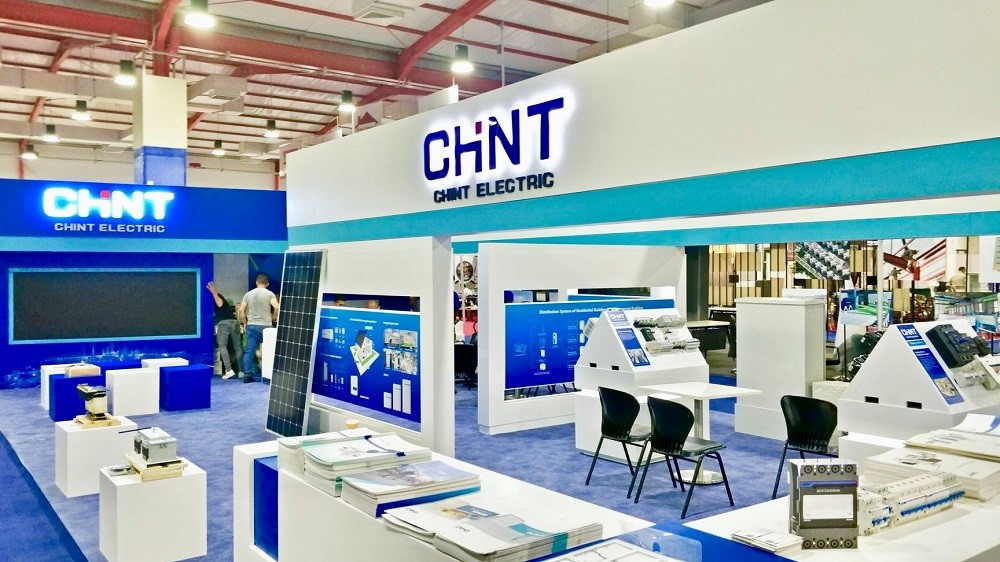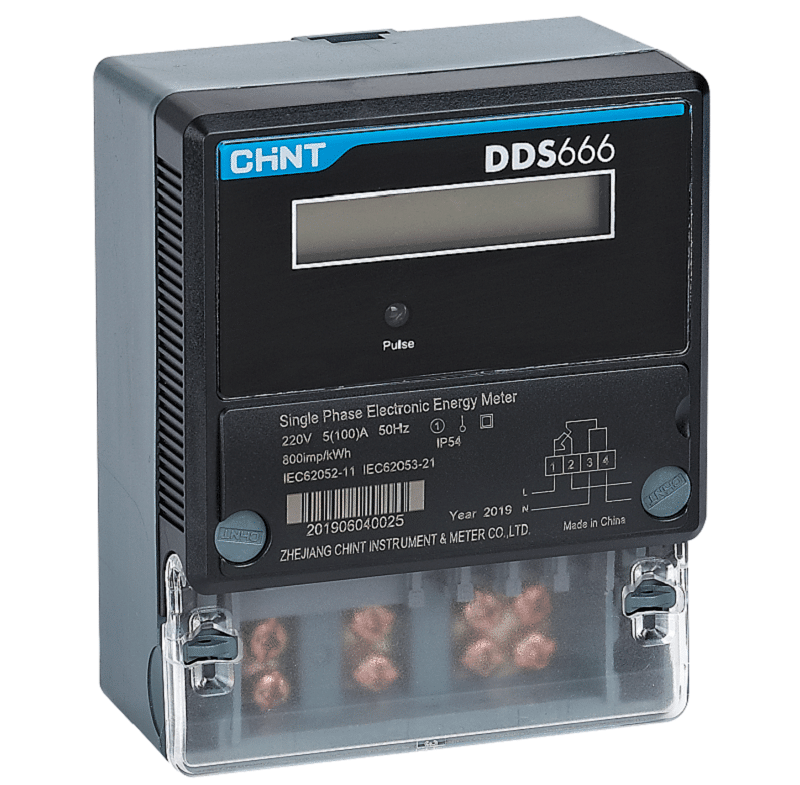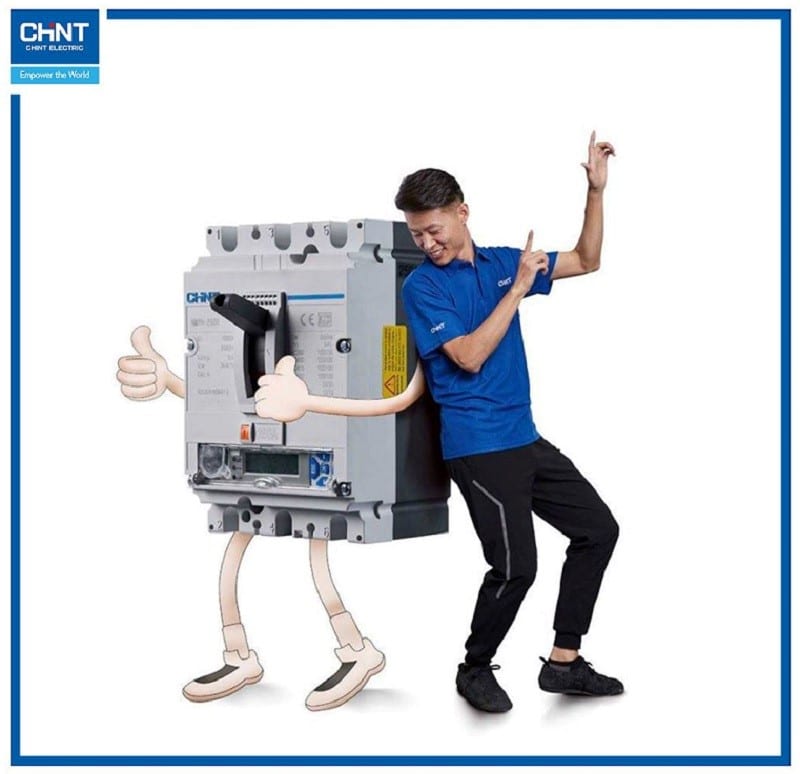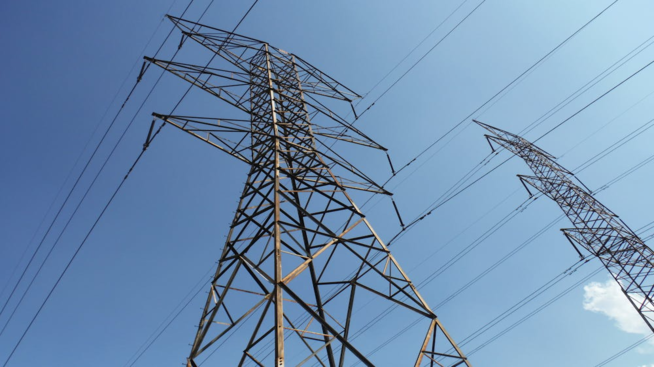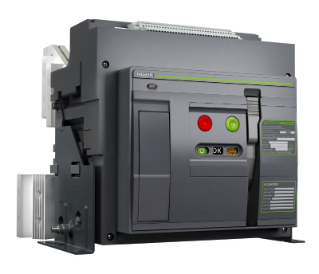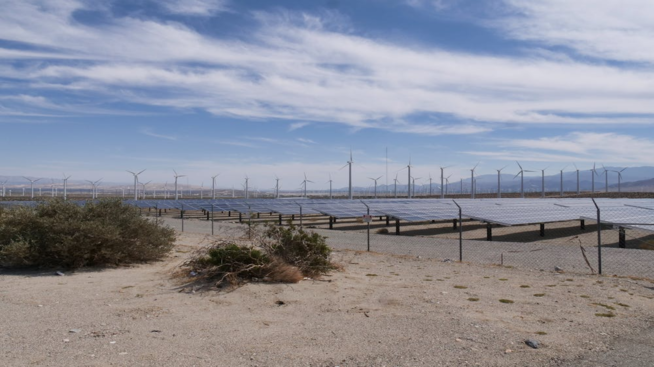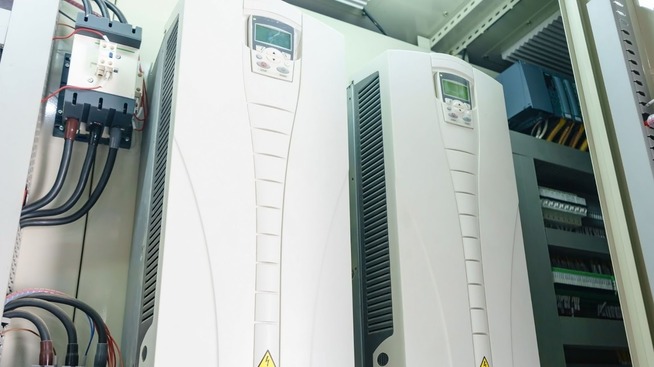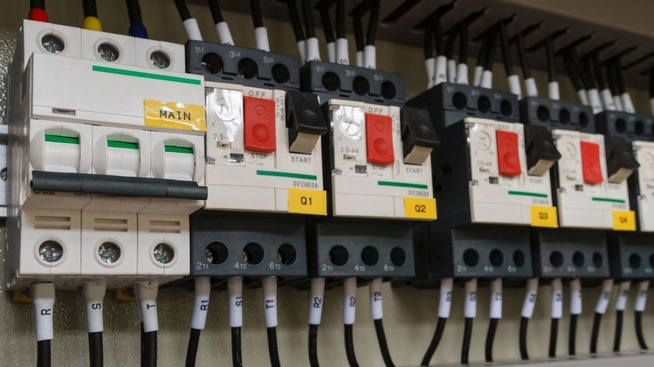Table of Contents |
Electricity is a common denominator in many homes. As such, if there is a power outage or a complication with your home electrical system, understanding the basic components of an electrical system can help you remedy situations.
A proper home electrical basics understanding can also help you avoid electrical accidents and damages. Below is an extensive guide on understanding basic electrical work and its systems.
Electrical Service Connection and Meter
Home electricity comes from a power company’s cables. The electrical wires are typically overhead or underground. These cables ordinarily extend to your home and connect to your electrical meter.
Before you can tap into the power company’s electricity, the company needs to know how much power you will be using, which is where the electricity meter comes in. The electricity meter is located between your home and the main cables.
In addition, the meter is the basis for the charges on your electrical bills. It runs only when you are using electricity in the house.
However, the meter is not your property. The utility company has full responsibility for installing and maintaining the meter.
Disconnect Switch
A home electrical switch has a dedicated disconnect switch that is mounted near the electricity meter. Engaging this switch cuts off (and brings back) all power to your home.
This is a vital practical tool, especially during emergencies such as fire or flash floods. You can also turn the switch off if you plan on major repairs and maintenance on your home electrical system. Fortunately, if your home does not have a disconnect switch, you can turn off the power from the main circuit breaker in your home’s main service panel.
Main Service Panel
It is also commonly known as a breaker box. Once electricity has passed the electricity meter and the disconnect switch, it ought to be distributed evenly to the outlets, appliances, and devices that need power. The main service panel receives the metered electricity.
The breaker box has a large, single cable that comes in and is distributed among the several circuits in the house. Each circuit has a breaker that activates if it draws in excess power. The main service panel has several rows of these breakers that should be your top priority if you lose power.
Sub Panels
Some homes feature a sub-panel that is linked to the main breaker panel. Subpanels are smaller service panels that contain fewer breakers. Generally, homes use these when there had been an addition or outbuilding added to the property.
Sub-panels are also used when your backup generator is wired into your home’s electrical system.
Main Circuit Breaker
In the main service panel, you will find a large main circuit breaker. It is the switch that controls the power to the branch circuit breakers in the main service panel.
The main circuit breaker functions just like the disconnect switch. The only difference is the disconnect switch allows you to cut off the power supply from the outside. On the other hand, the main circuit breaker allows you to cut off the power supply from the inside.
The main breaker is a failsafe shutoff if you have an issue that you cannot locate or are unsure which branch circuit breaker to switch off. Without a disconnect switch, a home electrical system typically relies on the main circuit breaker as the household disconnect.
Branch Circuit Breakers
Inside the main service panel, electricity is distributed to various parts of your house. Electricity is divided among these parts in units known as circuits, which branch off of the main panel. The branch circuit breakers receive power from the main circuit breaker.
Each breaker controls the electricity flow to a branch circuit in your home. Therefore, turning a breaker off kills the power supply to all appliances and devices on that circuit.
As a safety measure, the breaker automatically trips itself off, especially if the circuit has an issue, for instance, a power overload. If you are running a high-demand appliance and the power goes out, chances are you have overloaded the circuit. Change the appliance to a different circuit and reset the breaker.
Devices
These are the items in your home that use electricity. Some devices can be hard-wired into your home’s electrical system, such as electrical outlets and light fixtures. Other devices use power provided by an electrical outlet, for example, a toaster.
Devices are often linked to individual branch circuits from the breakers in the breaker box. The circuits could either be multiple-device circuits or dedicated circuits.
Dedicated circuits power only one device. Examples include those that power appliances such as furnaces, water heaters, dishwashers, microwaves, dishwashers, among others. On the other hand, multi-device circuits power several outlets, fixtures, and switches.
Outlets
These are ordinarily where you will plug in your devices and appliances. Outlets supply power via the cord in-built into the device. Generally, there are several outlets on each circuit, supplying power to devices like televisions, phone chargers, and lamps.
A standard home outlet is either 15-amp or 20-amp, which provides more electricity without tripping off the breaker. However, for higher-demand appliances, expect to find unique outlets that may provide 30-50 or more amps.
Wirings
Without wiring, there is no electricity supply. Your home’s wiring supplies electricity from the main service panel to different circuits and devices in the house.
A home’s wiring consists of various wiring types, including non-metallic cable, Bx cable, and wiring concealed in conduit.
Non-metallic cable is the most popular cable and is suitable for dry, secured areas not exposed to excess heat or mechanical damage. Conduit is a rigid metal/ plastic tubing that secures individual insulated cables. It is primarily used in sheds, garages, or outdoor appliances where the wiring needs protection from exposure.
Bx cables consist of wires running inside a flexible steel or aluminum sheath that is somewhat damage-resistant. Bx Cable wiring is commonly used where appliance wiring, for example, dishwashers, is exposed.
Summary
It is vital to learn electrics basics in case you face an electrical emergency. Home electrical basics also help you make informed decisions, such as installing energy-efficient electrical systems.
Most homeowners looking for smart energy solutions rely on CHINT for premium goods and services. However, without an understanding of essential electrical work, it is hard to understand, let alone operate your home electrical systems.




